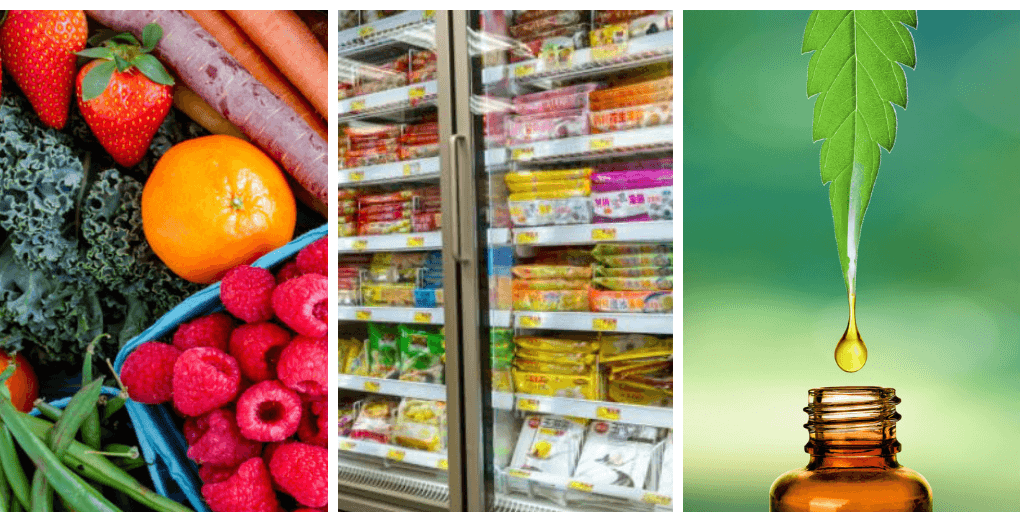
The food and beverage industry moves fast with the regular introduction of new flavors, ingredients, consumption patterns, and consumer preferences. Staying on top of food and beverage trends and remaining relevant can be a challenge.
How does adoption of these trends impact the larger supply chain? They often come with new laws, a surge of new demand or competitors, and unforeseen complications.
Here we break down three of the biggest trends for 2019 and what they mean for transportation.
CBD Ingredients
Cannabidiol (CBD), the non-psychoactive compound found in cannabis, is showing up in everything from new beverages and snacks to beauty products and topical oils.
This popular new ingredient promotes calmness, reduced inflammation, and numerous other functional benefits. Analysts at Brightfield Group predict that the US CBD market will reach $591 million in 2019 and $22 billion by 2022.
But how will transport of CBD products work when federal law is still prohibitive?
CBD oil is sold everywhere online, but it’s still not totally legal in all 50 states. The U.S. is a quilt of different rules and regulations, with laws that are open to differing interpretations.
Shipping CBD products comes with substantial risk. There is simply no clear set of guidelines (yet). It goes all the way back to whether the grower is producing the product legally, if the product is properly labeled, and what the intentions of buyers and sellers are. Most growers cite the 2014 Farm Bill as evidence their business is legal, but the DEA doesn’t always agree.
CBD legality is murky at best and most truckers and 3PLs aren’t yet willing to take the chance, particularly when it comes to transporting across state lines. Currently, regional and ecommerce deliveries are easier to navigate.
Zipline plans to keep a close watch on this trendy ingredient and will help our customers navigate the shipping complexities.
Frozen Food and Convenience
Frozen foods have seen a resurgence in popularity. Volume growth for the frozen category turned positive in 2018 for the first time in five years, according to the a report from RBC Capital Markets.
This growth is tied to the trend of convenience. Shoppers want quick access to prepared meals, sides, and sauces that fit with their dietary goals and limitations.
Frozen foods were historically associated with cheap microwave meals or processed products. But a push for frozen options comprised of fresh ingredients is changing the narrative. Consumers simply want healthier options, fast.
The increase in demand for fresh foods has already put a strain on the market for refrigerated transportation. Adding more frozen foods to the mix won’t help to open capacity.
We anticipate that shipping temperature controlled, particularly frozen, will remain a struggle in 2019, or until more service providers and equipment enter the market.
Plant-Based Foods
Plant-based foods are blowing up in popularity. Nielsen data shows that sales of plant-based foods grew by an incredible 20 percent in the 52 weeks ending June 16, 2018 (compared to total food sales growing at just 2 percent.)
Existing brands are formulating plant-based product lines, new players are entering the market, and new categories like alternative meats are emerging. The phrase “flexitarian” has even emerged, referring to carnivores and pescatarians that want to incorporate more meat-less options into their daily consumption.
Luckily, this trend doesn’t have too much of an impact on transportation. Plant-based foods and beverage products aren’t straining a mode (like frozen foods) and aren’t navigating new laws (like CBD).
—
Want to Stay Up-to-Date on Food and Beverage Trends?